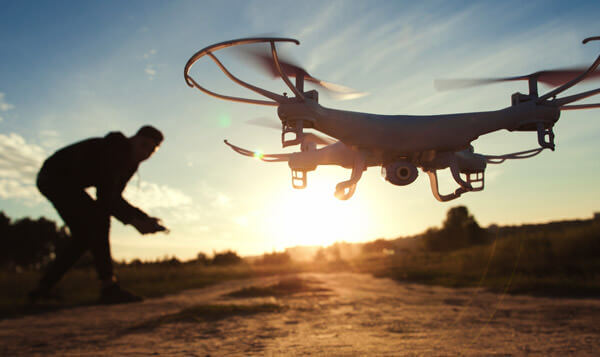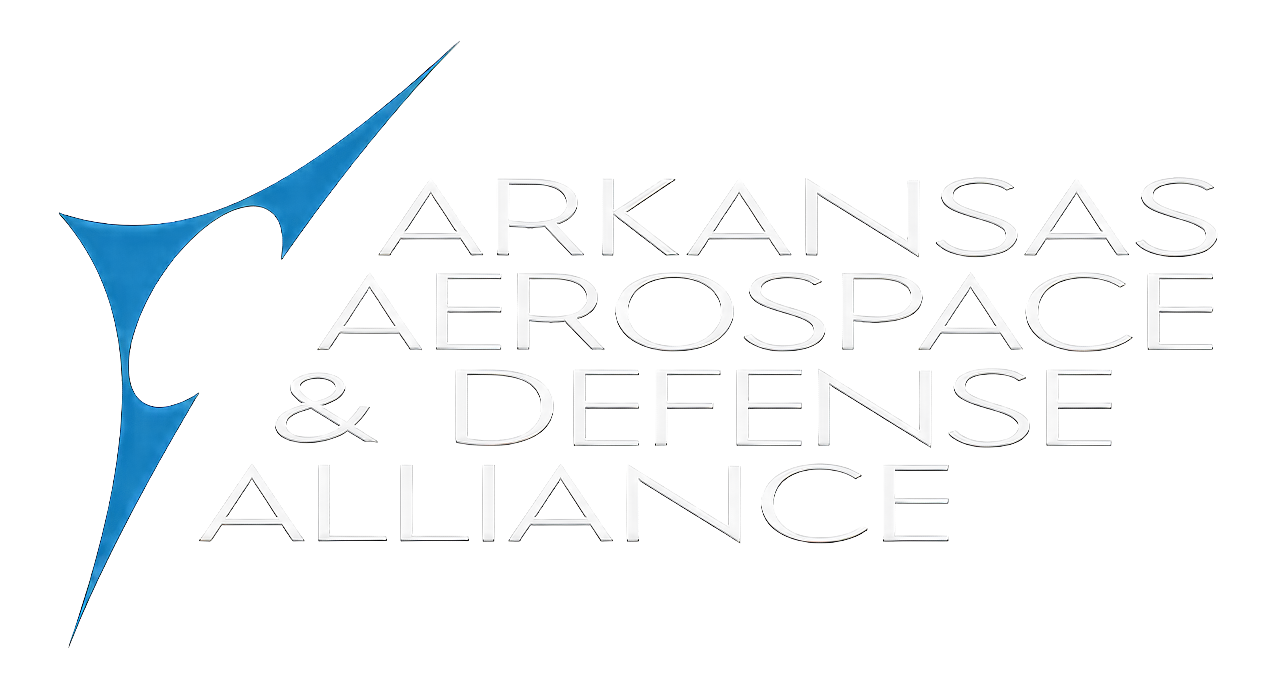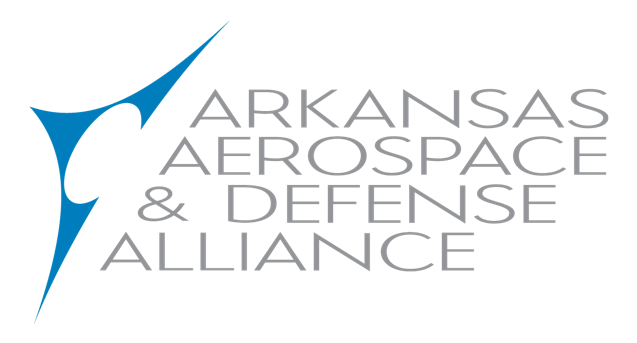What’s That Flying in the Sky? Probably Just a Drone.
Sunday, 12 November 2017 15:13 Unmanned aerial vehicles (UAV), also known as unmanned aircraft systems (UAS) or drones, are an aircraft flown without a human pilot onboard. Instead, they are remotely controlled from the ground. There are two main types of UAV; autonomous and remotely piloted. Autonomous vehicles are much more accurate than remotely piloted operations; this autonomous technology is not yet perfected and requires some additional development in machine learning navigation.
Unmanned aerial vehicles (UAV), also known as unmanned aircraft systems (UAS) or drones, are an aircraft flown without a human pilot onboard. Instead, they are remotely controlled from the ground. There are two main types of UAV; autonomous and remotely piloted. Autonomous vehicles are much more accurate than remotely piloted operations; this autonomous technology is not yet perfected and requires some additional development in machine learning navigation.
While famously known for military-based applications (surveillance and recon, unmanned airstrikes) UAV is becoming more relevant because it provides an inexpensive, yet highly reliable method to complete complex or dangerous tasks. This includes, but is not limited to 3D mapping, thermal imaging, surveillance, and inspection jobs (such as bridges and towers). The ability to perform such complex tasks with a higher degree of accuracy than manned alternatives provides the driving force behind their continuing and growing necessity.
Nationally, the Trump administration is contemplating further relaxation of commercial UAV/UAS regulations. This change would permit broader testing usage by companies, as well as local governments. The announcement has been hailed as “a victory for tech companies that have bet that drone deliveries will be a part of retail in the future, as well as entertainment companies that want to use the machines for filming.”
Such incredible technology isn’t without its concerns though. One of the most difficult issues to be resolved is maintaining privacy while using UAS. Another area is concern about safety if a UAS were to crash into people or property. Last, but not least, is the ability to prevent UAS from being used to harm people such as on the battlefield.
Currently, UAS technology is being applied in Arkansas through agricultural uses, including normalized difference vegetation index (NDVI) and multi-spectral measurements to predict crop rigor. Precision agriculture shows the most promising growth by allowing accurate prediction of crop strength and yield in turn using smaller amounts of chemical application. Some companies are also using LIDAR to build more accurate terrain maps, and some have even deployed to areas of flooding after hurricanes to assess damage and predict potential future areas of flooding.
Richard Ham, Associate Director of the Dept. of Industrial Engineering at University of Arkansas said, “anything that is dirty, dangerous or dull can likely be done more efficiently with a UAS.” As previously mentioned, dangerous jobs (bridges, cell towers, antenna inspection, etc.), but also jobs such as mapping, or even using thermal imaging to find potential energy losses within structures. Law enforcement agencies, too, are using UAS in several counties and municipalities for search and rescue operations, and have the potential to assist in other operations.
Not only will certain tasks be safer, and more accurately accomplished, but new job opportunities also arise out of a growing UAS industry. New repair and maintenance facilities, dealerships and consulting opportunities are growing daily, and through rigorous, extensive study (~80+ hrs) and passing an FAA exam, new piloting jobs. “The use of UAS technology is changing daily…those with the skills in UAS technology have many options for new careers.
Anticipation is growing as the private sector awaits the full potential use of UAVs. As we continue to move through the technological advances of the 21st century, it’s vital to keep consideration of new applications that can arise. Be it in surveying, film, delivery, maintenance, and more, the aviation industry is certain to see a takeoff of interest around these fascinating systems.


